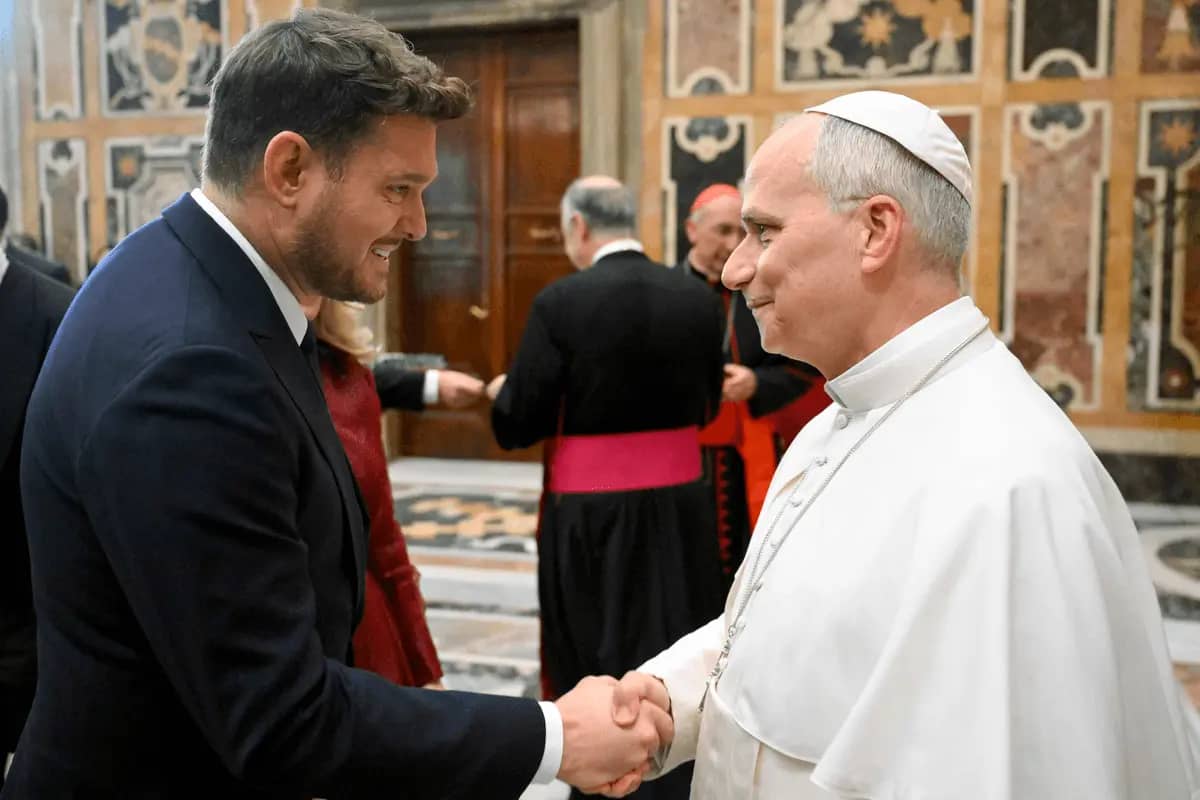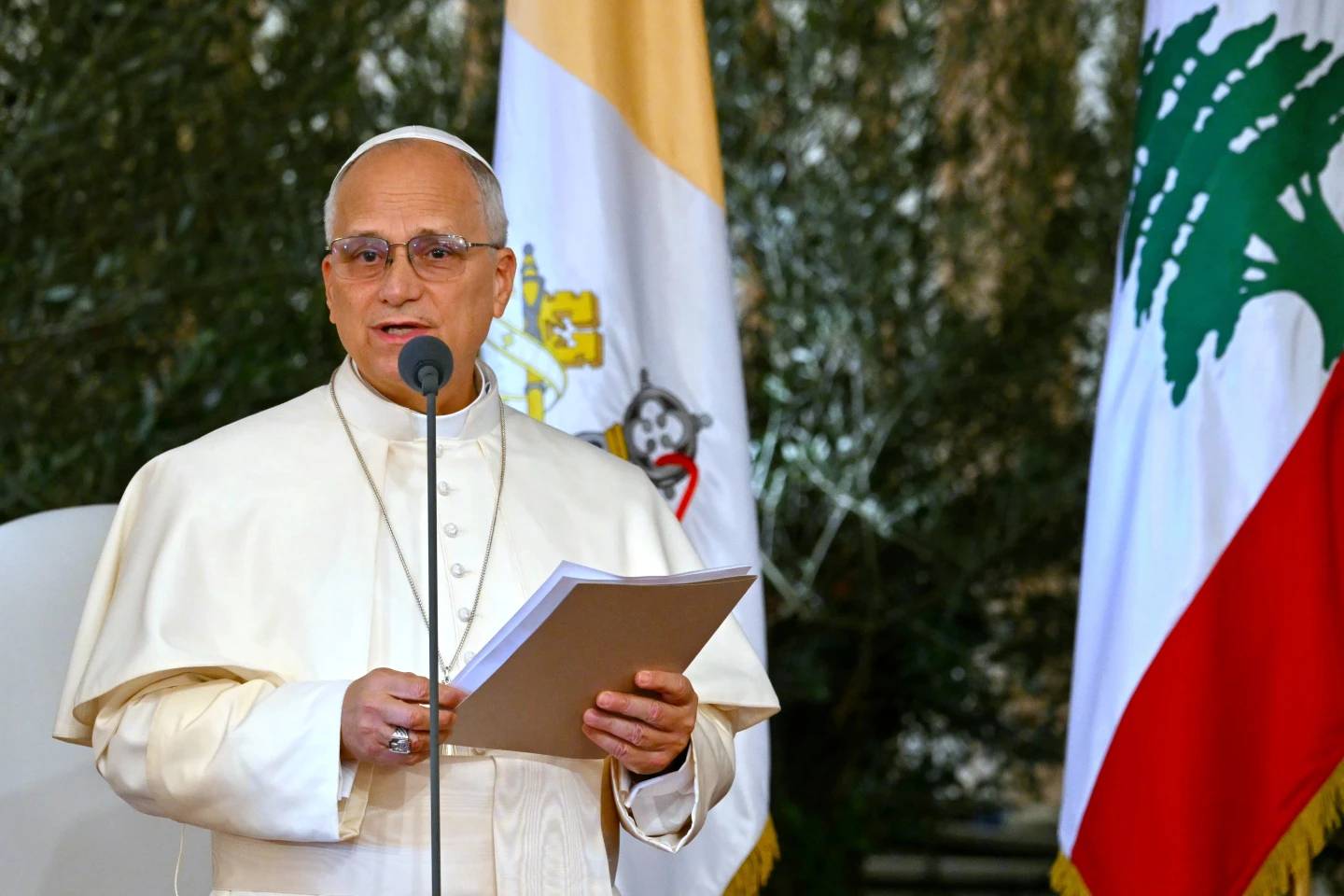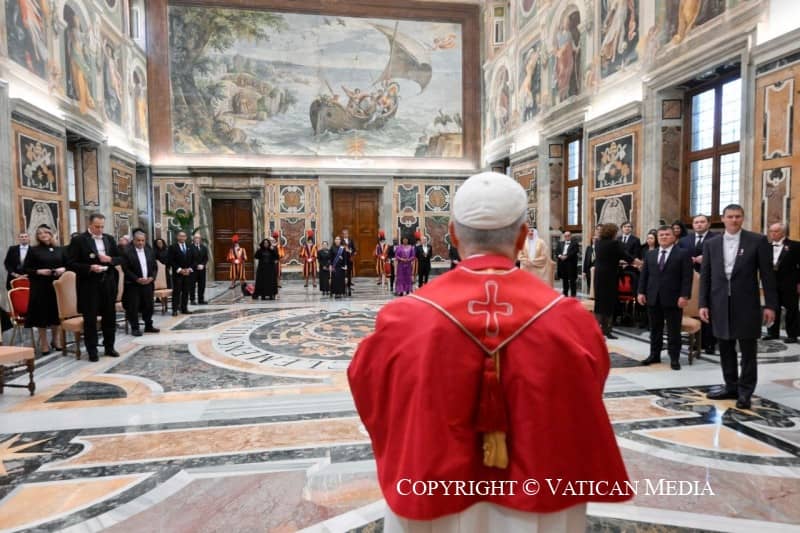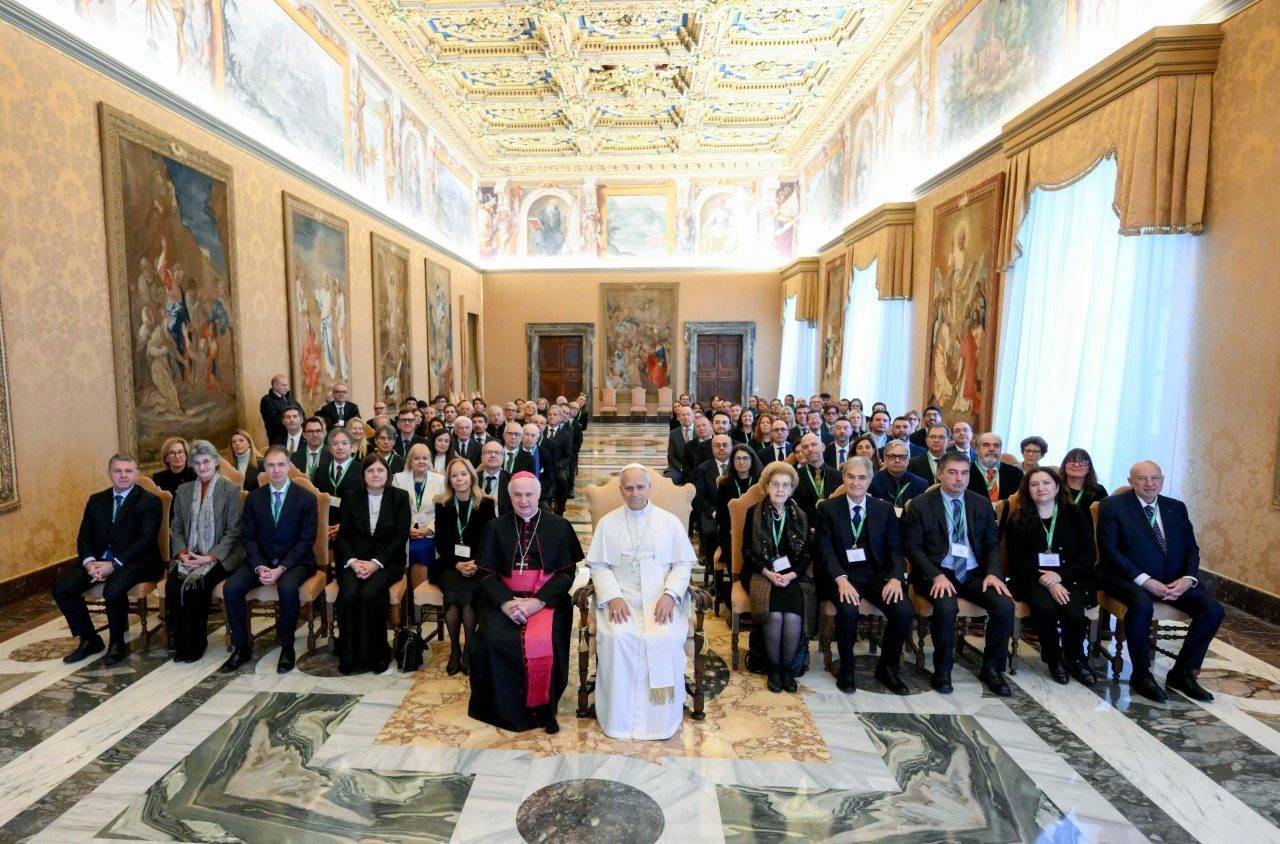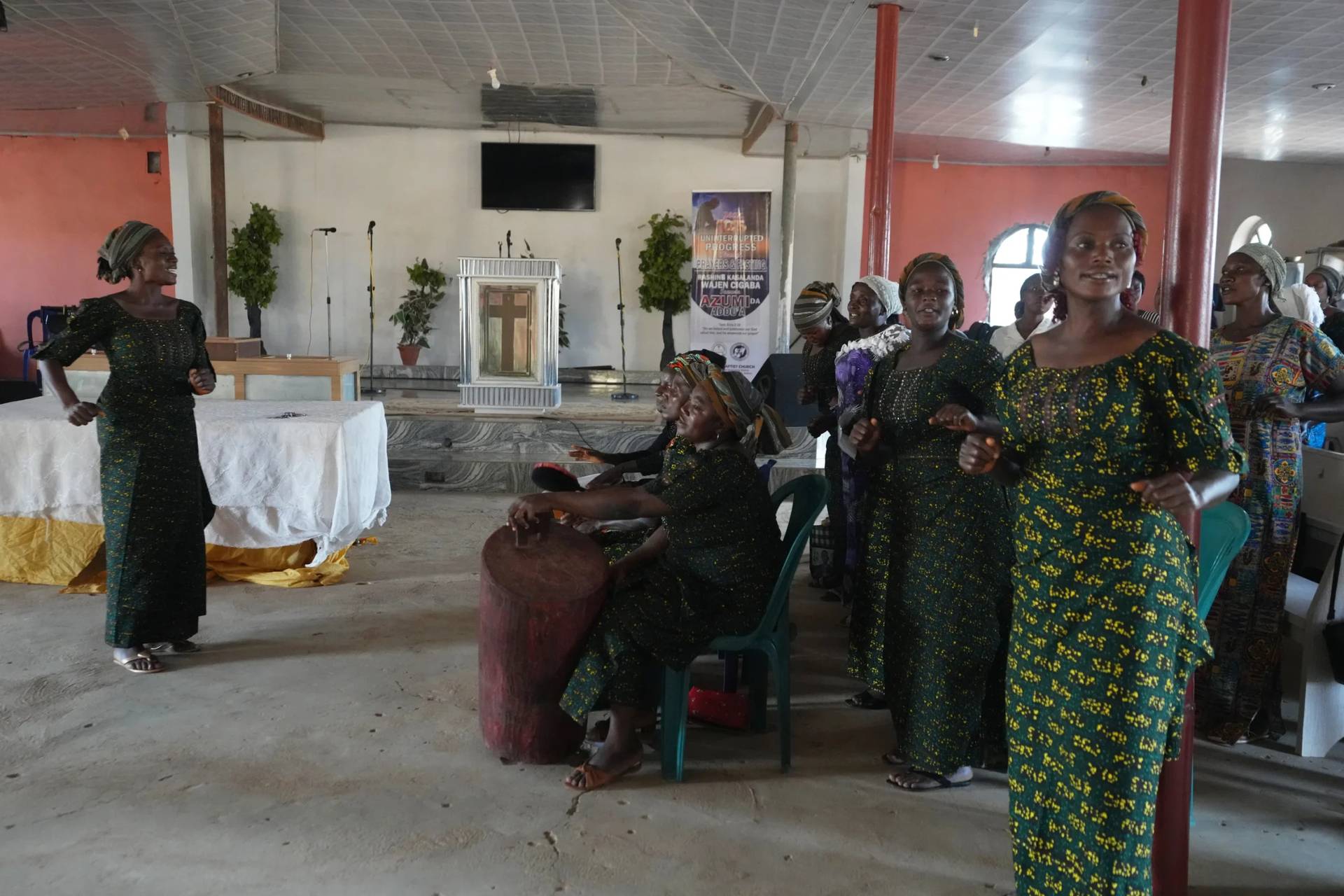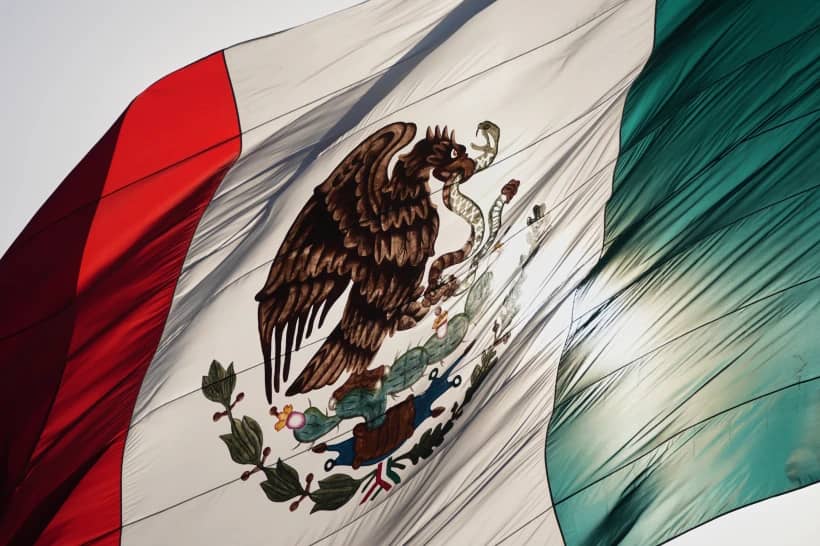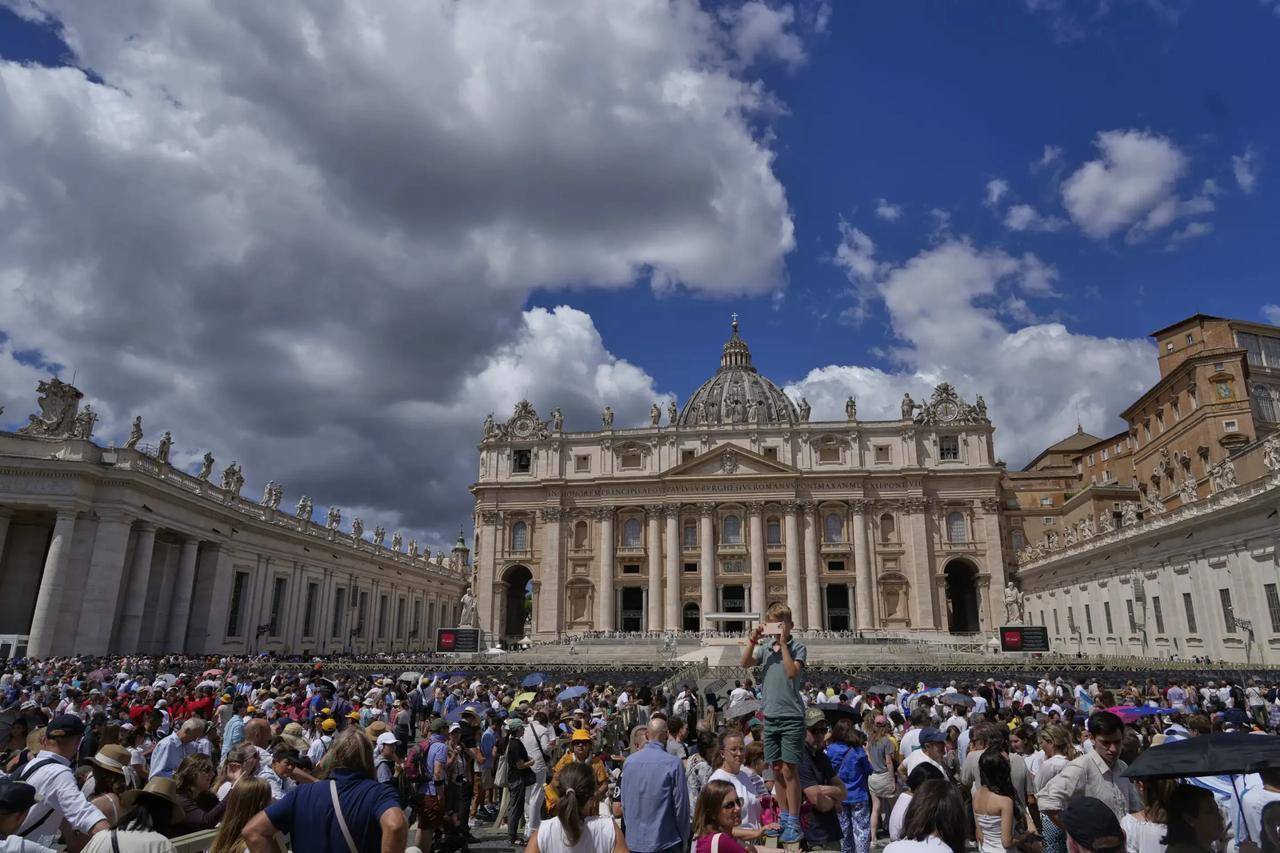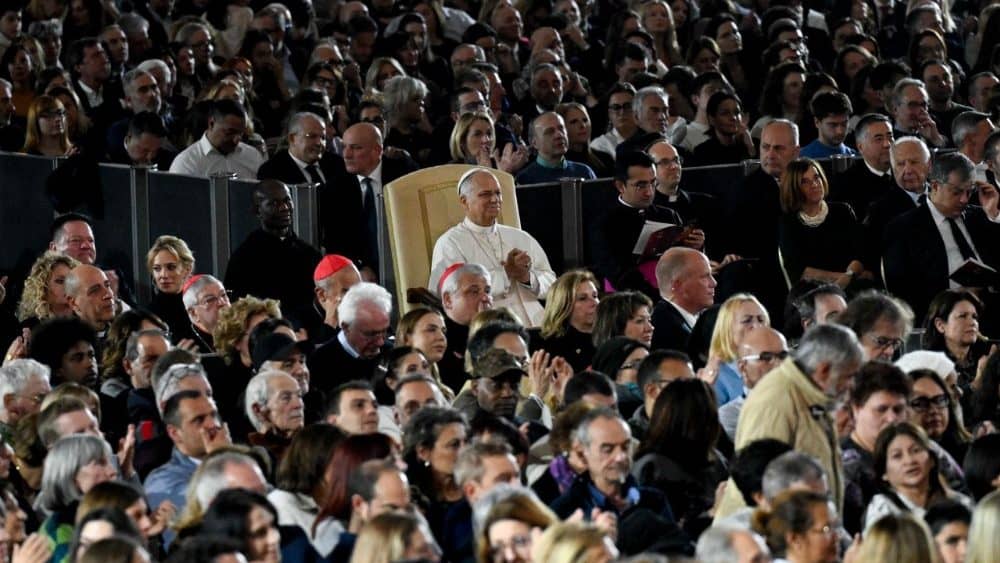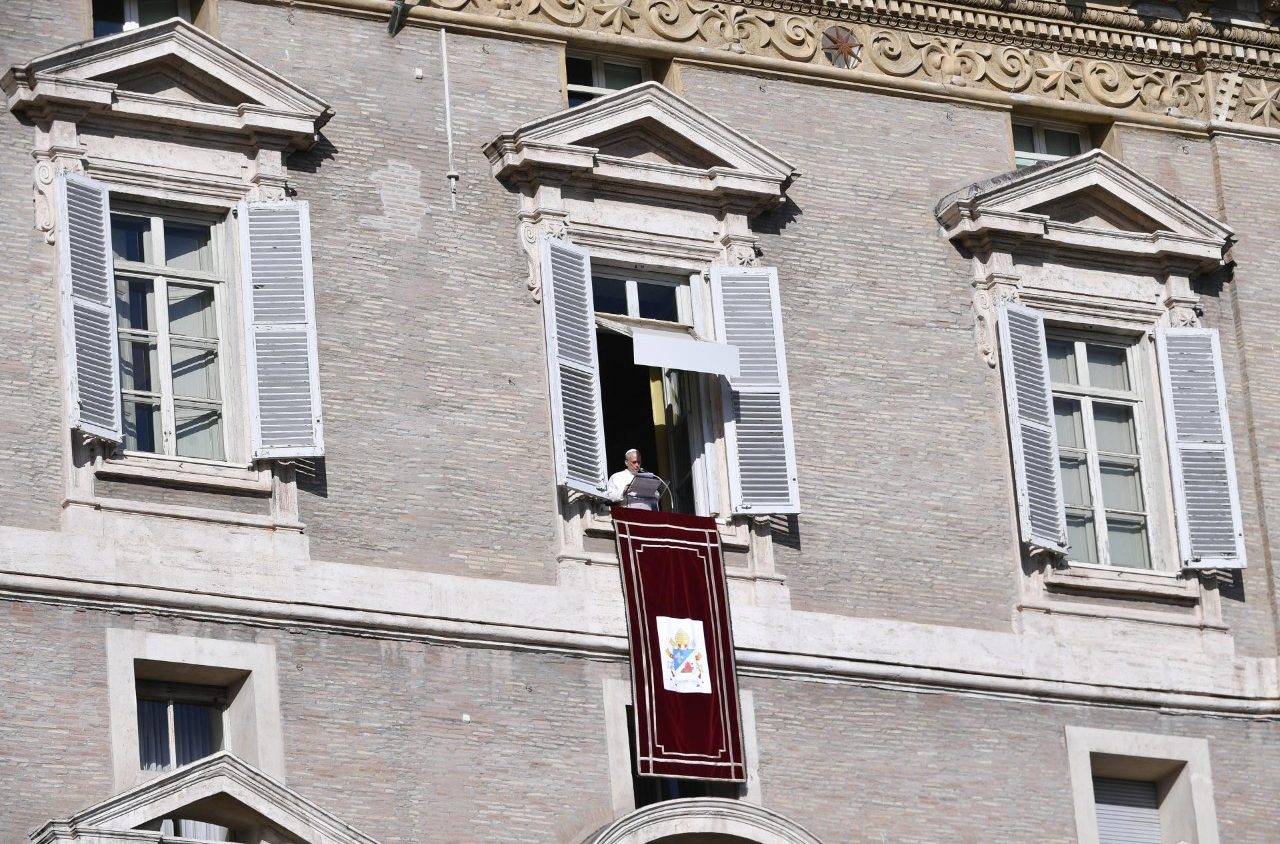SANTIAGO, Chile — With the snow-covered Andes shining in the background, several dozen cowboys in woolen ponchos and families on wooden horse carts lined up Saturday to receive a priest’s blessing in the huge esplanade in front of the National Sanctuary of Maipú.
“I come every year to fulfill a vow,” said Joshua Contreras, 30, riding a shiny black horse, Lola, and wearing the traditional kit of the Chilean “huaso,” or horseman, including extra long spurs and intricately carved, closed wooden stirrups.
The gigantic sanctuary on the outskirts of Santiago was built in the 1970s on the location of a church erected to celebrated Chile’s victory in its war of independence in the early 1800s. It’s dedicated to the Virgen del Carmen, or Our Lady of Mount Carmel, the country’s patron, whose feast day is July 16.
Many horse carts were decked in Chilean and Vatican flags. Several of the riders like Contreras belonged to a group called Cuasimodo, who traditionally bring Communion to the sick and homebound on their horses on a Sunday in April.
The July celebration, which also includes Masses and traditional dances on the sanctuary’s steps, has survived multiple COVID-19 lockdowns, major scandals within the country’s Catholic church, and mass protests in 2019 that torched a metro station just down the street from the vast building.
On the sunny winter Saturday, Carlos Ortiz brought his wife and toddler daughter to watch the dancers in boots and sparkling costumes belonging to a group called “in Mary’s arms.”
“It’s very important, because one wants to pass it on to his family, so that the culture doesn’t get lost,” said the 40-year-old Ortiz, who from age 10 to 30 used to dance himself in a similar group because of a promise to the Virgin.
This year, he took advantage of a business trip from his new home in Bakersfield, California, to take in the celebration.
Javiera Astorga and her boyfriend only had to drive about 20 miles from a nearby town to come pay homage, using a horse cart normally used to take construction leftovers to the dump.
They don’t usually go to church, “but one comes to see the Virgin — it’s a tradition,” she said.
—
Associated Press religion coverage receives support through the AP’s collaboration with The Conversation US, with funding from Lilly Endowment Inc. The AP is solely responsible for this content.






